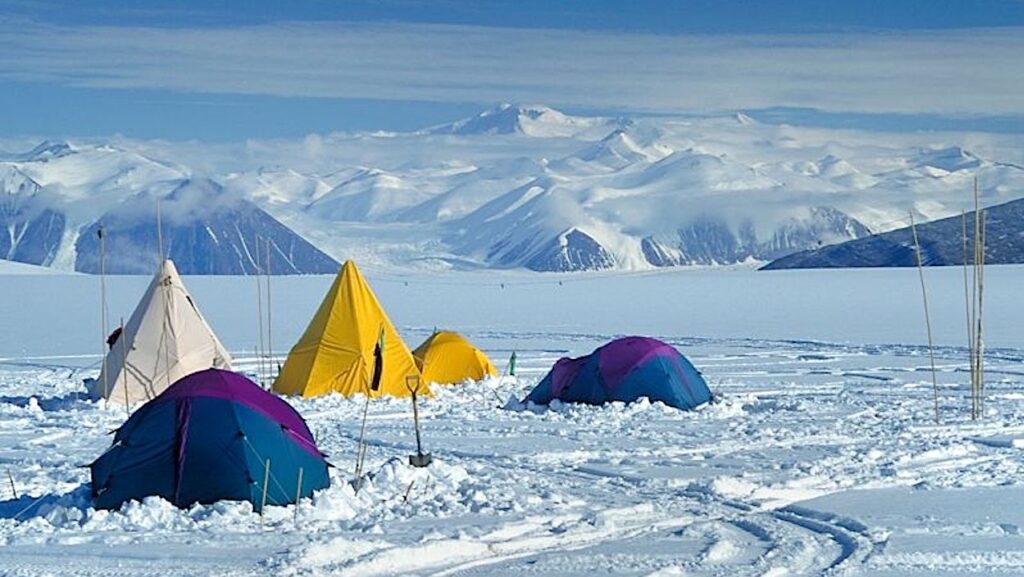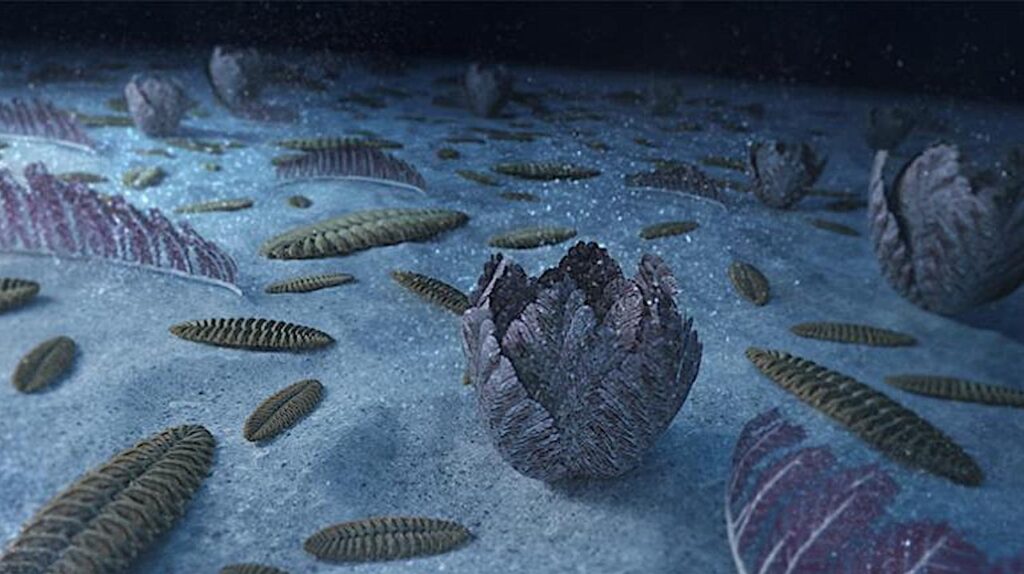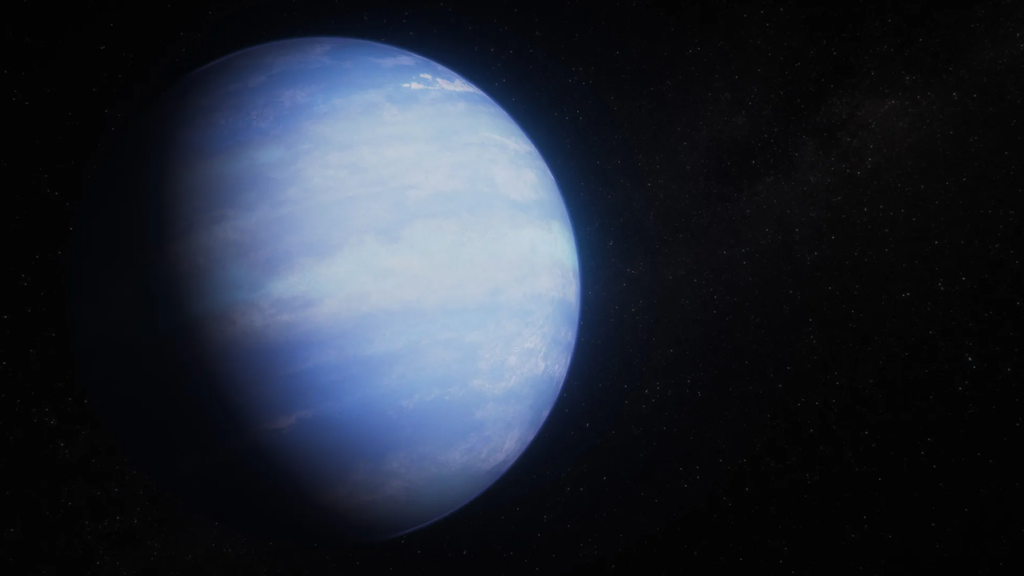New Vestiges Of The First Life On Earth Discovered In Saudi Arabia
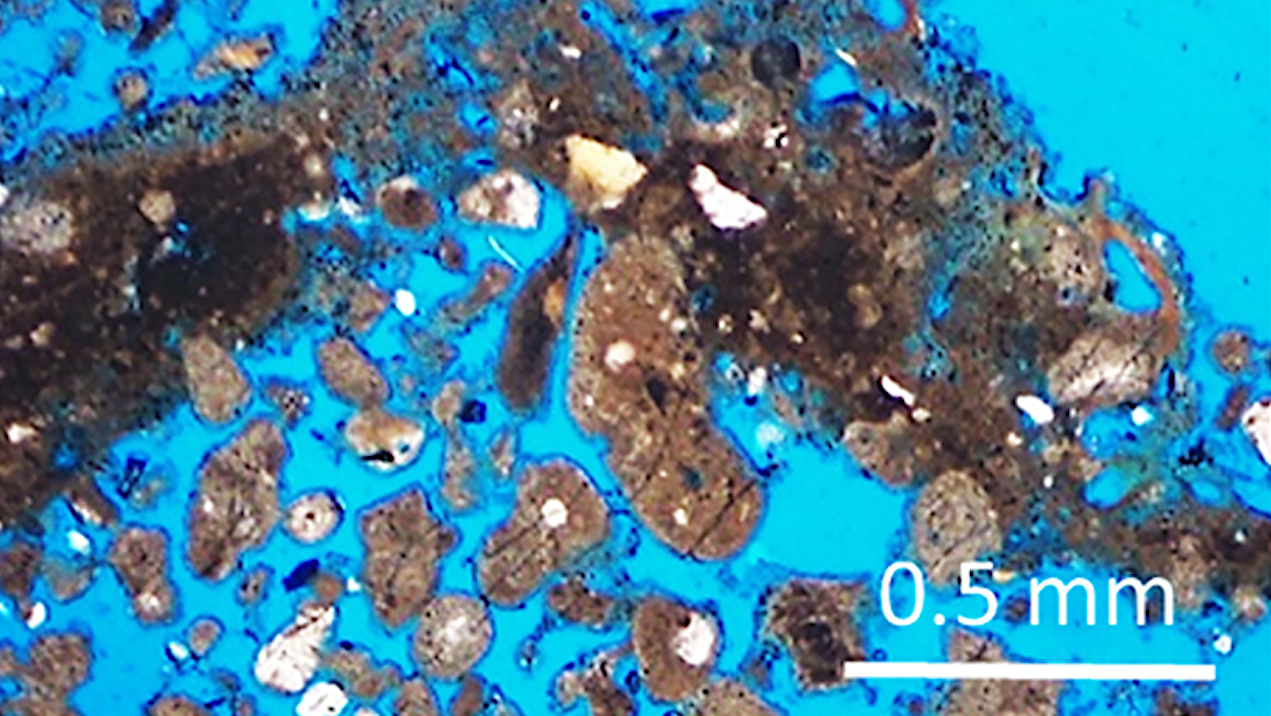
Stromatolites are the earliest geological record of life on Earth. These curious biotic structures are made of algae carpets growing toward the light and precipitating carbonates.
After their first appearance 3.48 Ga ago, stromatolites dominated the planet as the sole living carbonate factory for almost three billion years. Stromatolites are also partially responsible for the Great Oxygenation Event, which drastically changed the composition of our atmosphere by introducing oxygen.
That oxygen initially wiped out stromatolites’ competition, enabling their prominence in the Archean and early Proterozoic environment. However, as more life forms adapted their metabolism to an oxygenated atmosphere, stromatolites started to decline, popping up in the geologic record only after mass extinctions or in difficult environments. “The bacteria are always around, but they don’t usually get the chance to make stromatolites,” explains Volker Vahrenkamp, the author of a new study in Geology. “They are largely outcompeted by corals.”
In modern times, stromatolites are relegated to niche extreme environments, such as hypersaline marine settings (e.g., Shark Bay, Australia) and alkaline lakes. Until recently, the only known modern analogue to the biologically diverse, open shallow marine settings where most Proterozoic stromatolites developed was the Exuma Islands in the Bahamas.
That is, until Vahrenkamp discovered living stromatolites on Sheybarah Island, on the northeastern shelf of the Red Sea in Saudi Arabia. Vahrenkamp was studying tepee structures—salt crust domes that can be seen from space—when he happened upon the unassuming stromatolite field.
The discovery was surprising, but luckily, Vahrenkamp is one of the few people to have previously seen stromatolites in the Bahamas. “When I stepped on them, I knew what they were,” explains Vahrenkamp. “It is 2000 km of carbonate platform coastline, so in principle it is a desirable area to look for stromatolites . . . but then, it is the same in the Bahamas, and yet there is only one small area where you find them.”
Sheybarah Island is an intertidal-to-shallow subtidal setting, with regularly alternating wetting and drying conditions, extreme temperature swings between 8 °C and >48 °C, and oligotrophic conditions—much like the Bahamas. Since similar environmental conditions are widespread across the Al Wajh carbonate platform, there might be other stromatolite fields nearby. Vahrenkamp and his team have started this exploration work, but stromatolites are small, about 15 cm across, and thus are difficult to spot until one gets very close.
There are several hundred stromatolites in the Sheybarah Island field. Some are well-developed, perfect textbook examples. Others are more sheet-like, with a low relief. “Perhaps they could be juvenile,” hypothesizes Vahrenkamp, “but we don’t know what a baby stromatolite looks like. They must start small, but we don’t know.”
Part of the issue is that we don’t know how fast stromatolites grow. Dating them is very hard, because they contain two different carbonate components that are virtually impossible to separate: the newly microbe-precipitated one, which is of interest, and carbonate sand present in the environment, which is misleading. Currently, Vahrenkamp’s team monitors the field monthly to record any visual changes. Soon, there might be an attempt to transfer some Sheybarah Island stromatolites to an aquarium and grow them there—an exciting experimental prospect.
Vahrenkamp’s discovery affords us the opportunity to better understand the formation and growth of stromatolites. This will provide insights into early life and ocean evolution on Earth and may even assist us in the search for life on other planets such as Mars. What would life look like on Mars, and how would we recognize it? Looking at stromatolites, which were the first life forms on Earth, before our planet even had an oxygenated atmosphere, is a most promising avenue.

(A) Drone survey image of stromatolite fields, showing three main morphotypes of stromatolites and their distributions. (B–C) Type 1 stromatolites in upper intertidal zone, with elongated sinusoidal to rhomboidal morphology, laminated internal structures, and pustular exterior. White arrows show grazing gastropods during high tide (underwater photo). (D–E) Type 2 stromatolites, consisting of low-relief, irregularly shaped ovoid clusters of stromatolites in the outer field. (F–G) Type 3 stromatolites, composed of less-defined, low-relief microbial mats covered by a thin coating of carbonate sand. — GSA
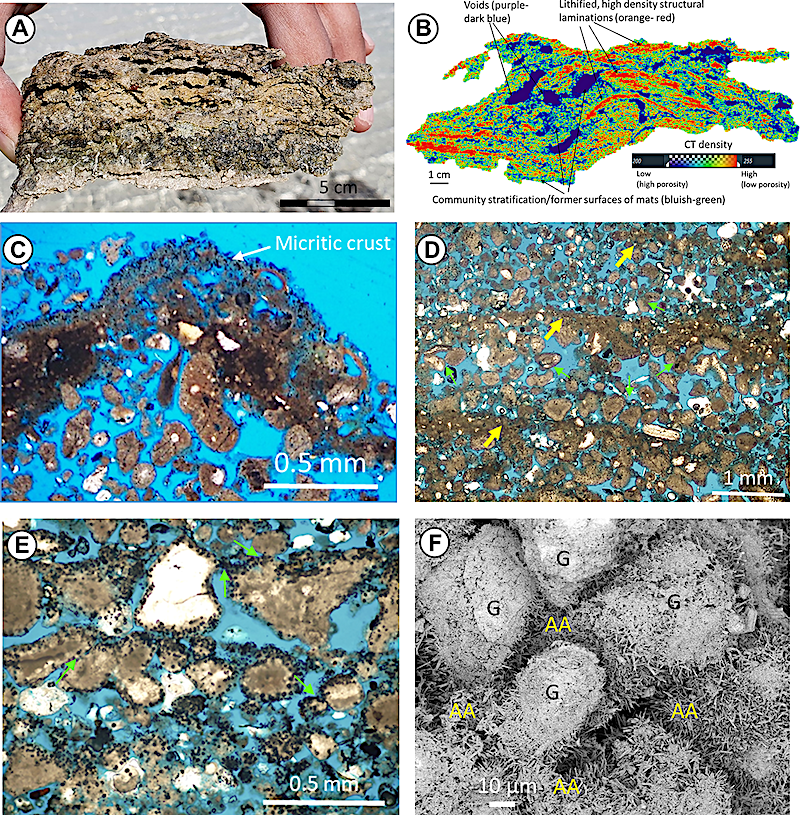
(A) Hand sample of type 1 stromatolite demonstrating layered structures. (B) X-ray micro–computed tomography (μCT) X-Z cross-section image of type 1 stromatolite exposing denser internal laminations (red). Color bar represents range of μCT values corresponding to CT density; blue = void. (C) Thin-section micrograph illustrating micritic crust at surface of stromatolite. (D) Millimeter-scale lithified sediment grain layers (yellow arrows) and fused grains (green arrows). (E) Grains infested with microborings near outer rims and fused at grain contacts (green arrows). (F) Acicular needle aragonite cements (AA) formed around the grain (G) rims. — GSA
FEATURED ARTICLE
Discovery of modern living intertidal stromatolites on Sheybarah Island, Red Sea, Saudi Arabia, GSA (open access)
Astrobiology


